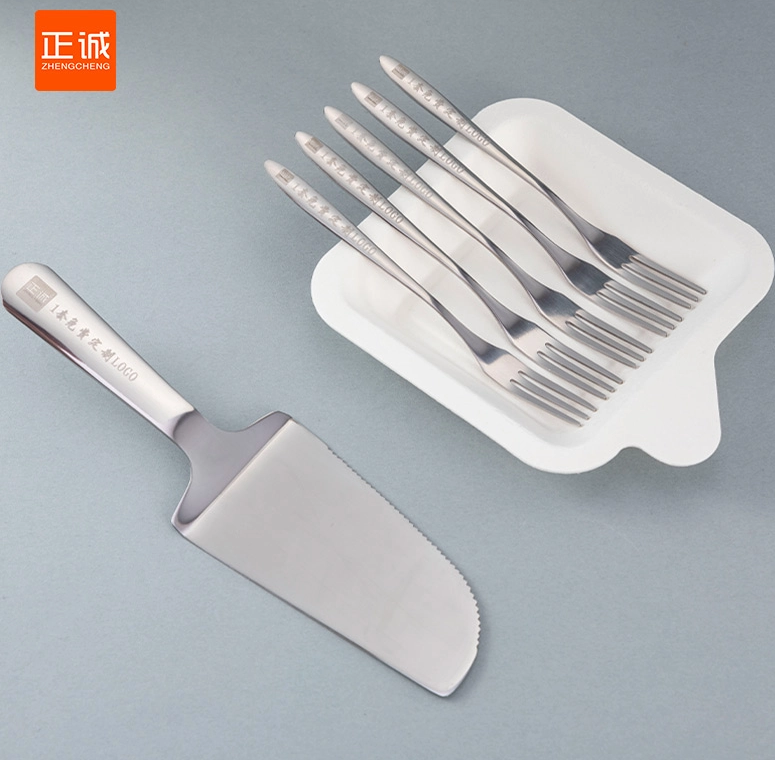The Ultimate Guide to Shipping Fresh Peaches: Ensuring Quality from Orchard to Table
Shipping fresh peaches requires a careful balance of timing, temperature, and packaging to ensure that these delicate fruits arrive at their destination in optimal condition. With the increasing demand for fresh produce and the global marketplace expanding, understanding the best practices for shipping peaches is essential for growers, distributors, and retailers alike. This comprehensive guide will delve into the intricacies of shipping fresh peaches, covering everything from harvest to delivery.
Understanding the Peach Lifecycle
Before diving into the shipping process, it's crucial to understand the lifecycle of a peach. Peaches are typically harvested when they are mature but still firm, as they continue to ripen during transit. The ideal shipping window is usually within 24 hours of harvest to maintain freshness.
- Harvesting Techniques
Proper harvesting techniques are vital for ensuring the quality of peaches. Here are some key points to consider:
- Timing: Harvest peaches in the early morning or late afternoon when temperatures are cooler. This helps reduce the risk of heat stress.
- Handling: Use gentle handling methods to avoid bruising. Employ padded picking containers and avoid stacking them too high.
- Sorting: Immediately sort peaches by size and quality. Remove any damaged or overripe fruit to prevent spoilage during shipping.
- Pre-shipping Preparation
Once harvested, peaches require specific pre-shipping preparations to ensure they remain fresh during transit.
- Cooling: Rapid cooling is essential. Use forced-air cooling or hydrocooling methods to bring the temperature down to 32°F (0°C) quickly. This helps slow down respiration and delays ripening.
- Waxing: Applying a food-grade wax can help seal in moisture and protect the peaches from bruising. However, ensure that the wax used is approved for food contact and does not alter the fruit's flavor.
- Packaging Solutions
Choosing the right packaging is critical for protecting peaches during shipping. Here are some effective packaging solutions:
- Ventilated Containers: Use containers that allow for air circulation. This helps maintain the right humidity levels and prevents the buildup of ethylene gas, which can accelerate ripening.
- Padding Materials: Incorporate padding materials such as foam inserts or biodegradable packing peanuts to cushion the peaches and prevent movement during transit.
- Size and Weight Considerations: Ensure that the packaging is appropriately sized for the quantity of peaches being shipped. Overpacking can lead to bruising, while underpacking can result in excess movement.
- Temperature Control During Transit
Maintaining the right temperature during transit is crucial for preserving the quality of fresh peaches.
- Refrigerated Transport: Utilize refrigerated trucks or containers to keep peaches at a consistent temperature of 32°F to 35°F (0°C to 2°C) during transport.
- Monitoring Systems: Implement temperature monitoring systems that provide real-time data on the conditions inside the shipping container. This allows for immediate action if temperatures deviate from the ideal range.
- Choosing the Right Shipping Method
Selecting the appropriate shipping method can significantly impact the freshness of peaches upon arrival.
- Air Freight: For long-distance shipments, air freight is often the best option. It minimizes transit time, reducing the risk of spoilage.
- Ground Shipping: For shorter distances, ground shipping can be effective, especially when combined with temperature-controlled vehicles.
- Delivery and Post-shipping Considerations
Once the peaches reach their destination, proper handling is essential to maintain quality.
- Receiving Protocols: Establish clear protocols for receiving shipments. Inspect the peaches for any signs of damage or spoilage immediately upon arrival.
- Storage Conditions: Store peaches in a cool, dry place, ideally at temperatures between 32°F and 35°F (0°C to 2°C). Avoid placing them near ethylene-producing fruits like bananas and apples.
Conclusion
Shipping fresh peaches is a complex process that requires attention to detail at every stage, from harvesting to delivery. By implementing best practices in harvesting, cooling, packaging, and transportation, growers and distributors can ensure that their peaches arrive at their destination in peak condition. As consumer demand for fresh produce continues to rise, mastering the art of shipping fresh peaches will not only enhance customer satisfaction but also contribute to the overall success of the business.

